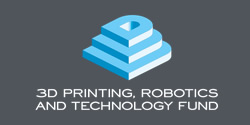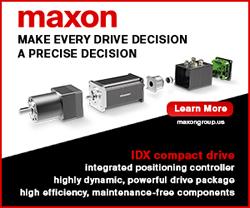3D Printing and Technology Fund Adds Robotics to the Mix
 BY BRIAN KRASSENSTEIN for 3DPrint.com: There are several ways one can diversify their holdings within any market. An investor could simply research which firms are out there within a particular industry, like the 3D printing industry, and invest small amounts into each by purchasing shares. The easiest way, however, would be to find a fund that’s going to do all the work for you, managed by someone who likely has more experience in the market than you do. There is currently only one main fund which concentrates their efforts primarily on the 3D printing space, the 3D Printing and Technology Fund (TDPNX), managed by CEO Alan M. Meckler, and his son John M. Meckler.
BY BRIAN KRASSENSTEIN for 3DPrint.com: There are several ways one can diversify their holdings within any market. An investor could simply research which firms are out there within a particular industry, like the 3D printing industry, and invest small amounts into each by purchasing shares. The easiest way, however, would be to find a fund that’s going to do all the work for you, managed by someone who likely has more experience in the market than you do. There is currently only one main fund which concentrates their efforts primarily on the 3D printing space, the 3D Printing and Technology Fund (TDPNX), managed by CEO Alan M. Meckler, and his son John M. Meckler.
While the fund is currently down approximately 13% YTD, it has outperformed the two largest pure play 3D printing stocks, 3D Systems (NYSE:DDD) and Stratasys (NASDAQ:SSYS), significantly. 3D Systems is down over 44% on the year, and Stratasys down a staggering 58.5%.
Today the fund is making a major change, one that the Mecklers feel should increase opportunity for investors. Up until this point, the fund allocated at least 80% of their capital to what they defined as ‘3D printing companies’ and ‘technology companies’. Today this changed, along with the fund’s official name. The fund’s new name will now be ‘3D Printing, Robotics and Technology Fund,’ while going forward 80% of their capital will now be allocated to what they define as ‘3D printing companies,’ ‘robotics companies’ and ‘technology companies.’ Cont'd...
Comments (0)
This post does not have any comments. Be the first to leave a comment below.
Featured Product

